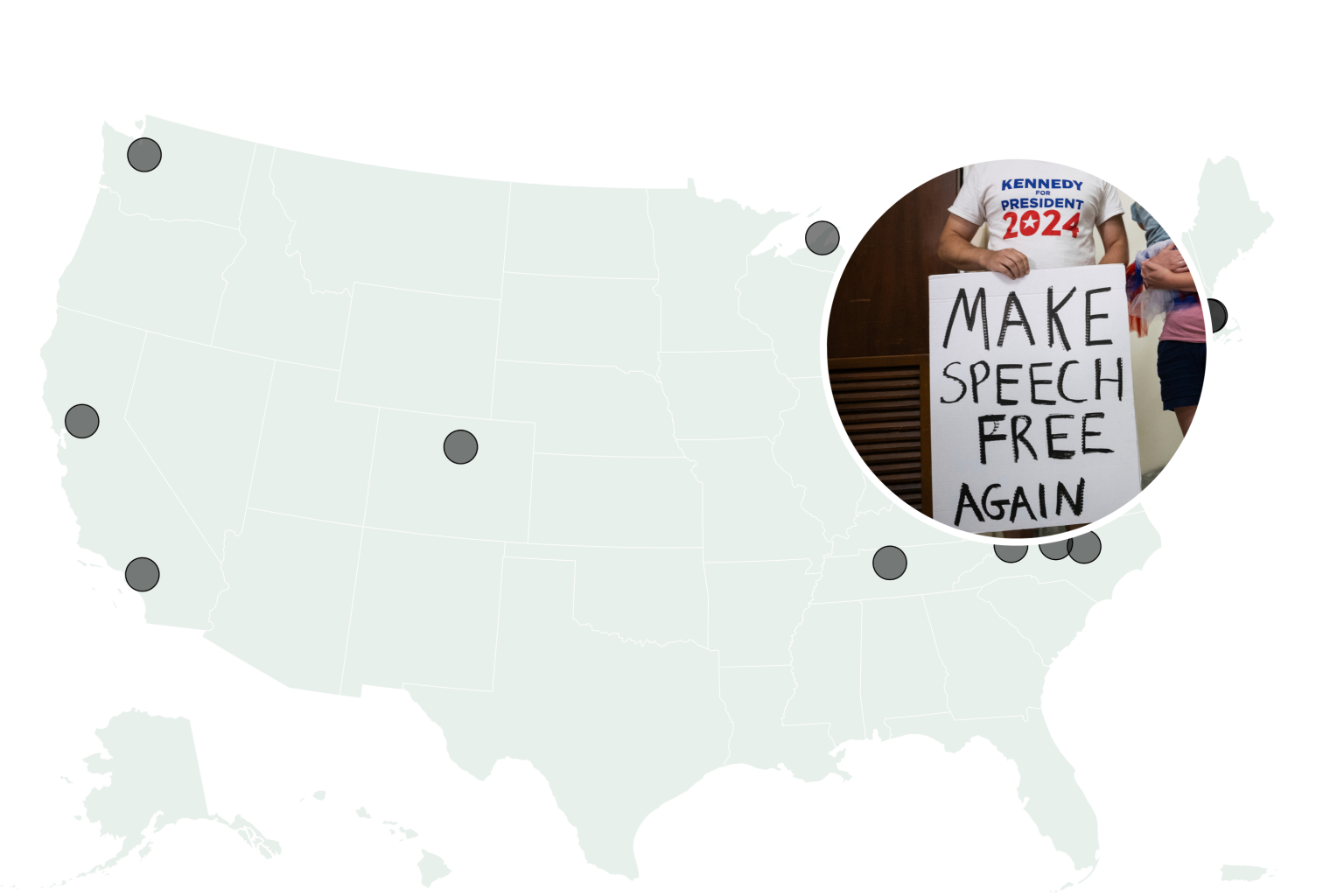College Free Speech in America: Balancing Expression and Safety in Higher Education
In an era of heightened political tension, the Foundation for Individual Rights and Expression (FIRE) has released its sixth annual College Free Speech Rankings, surveying over 60,000 respondents across 257 American institutions. The timing of this report—published just before the tragic shooting of conservative activist Charlie Kirk—underscores the volatile intersection of free expression and safety on college campuses today. This comprehensive assessment reveals troubling trends about the state of free speech in higher education while highlighting those institutions that continue to foster open dialogue despite societal pressures.
The findings paint a concerning picture: only 36 percent of students believe that free speech protections on their campuses are clearly established. Of the 257 schools evaluated, a staggering 166 received failing grades for their speech climate, while a mere 11 institutions earned a grade of C or higher. This widespread failure to protect free expression comes at a time when American society is experiencing increasing political polarization and violence. The fatal shooting of Charlie Kirk, founder of Turning Point USA and ally of former President Trump, along with the earlier targeted killing of Minnesota Democratic Representative Melissa Hortman and her husband, exemplifies the dangerous climate surrounding political discourse in America. These tragedies have united voices across the political spectrum in condemning political violence while raising urgent questions about campus safety protocols and the protection of diverse viewpoints.
FIRE’s Chief Research Advisor Sean Stevens points to several factors contributing to this decline in campus free speech. While acknowledging that most people—including college students—claim to support free expression in principle, their commitment often wavers when confronted with specific speech they find objectionable. Stevens suggests that recent years have seen a concerning acceleration of this tendency. He also highlights the role of social media, where users become accustomed to curated environments that filter out disagreeable content. This conditioning makes the unfiltered exposure to diverse and sometimes challenging ideas on college campuses particularly jarring for today’s students. When confronted with viewpoints they find offensive, students increasingly file complaints or create petitions demanding cancellations or dismissals—placing university administrators in the difficult position of balancing community concerns with free expression principles.
The report identifies institutions that excel in protecting free speech, with Claremont McKenna College, Purdue University, and the University of Chicago leading the rankings. These top-performing schools share “strong leadership and a commitment to upholding freedom of expression,” according to Stevens. Other high-ranking institutions include Michigan Technological University, University of Colorado at Boulder, University of North Carolina at Greensboro, Vanderbilt University, Appalachian State University, Eastern Kentucky University, and North Carolina State University. Their success suggests that institutional commitment to free expression principles can create environments where diverse viewpoints thrive despite broader societal tensions. By contrast, the lowest-ranked institutions—including Loyola University Chicago, Middlebury College, New York University, Boston College, and the University of California, Davis—demonstrate how easily campus speech climates can deteriorate without strong institutional safeguards.
Stevens argues that most universities are failing to meet even minimal standards for protecting free expression. He advocates for straightforward policy improvements: implementing “green light” speech policies that clearly protect expression, maintaining institutional neutrality during political controversies, and explicitly endorsing the values of free expression and academic freedom. These basic steps, he suggests, could significantly improve the average campus speech climate. The challenge for university administrators lies in establishing clear boundaries that protect both free expression and campus safety—a balance that has become increasingly difficult to maintain in today’s polarized environment. When institutions fail to protect free expression and academic freedom, they send implicit messages about which viewpoints are acceptable on campus, potentially chilling dialogue and undermining their educational mission.
In the wake of Charlie Kirk’s killing, with flags ordered to half-staff by President Trump and a nation grappling with yet another act of political violence, the FIRE report takes on new significance. The tragedy has intensified national conversations about campus security protocols, political violence, gun control measures, and the fundamental importance of free speech in a democratic society. As America navigates these complex and emotionally charged issues, universities face the daunting task of creating environments where ideas can be freely exchanged while ensuring the physical safety of all community members. The institutions that successfully balance these imperatives may offer valuable lessons for addressing the broader societal challenge of maintaining civil discourse in an increasingly divided nation—a challenge that extends far beyond campus boundaries but finds some of its most consequential expressions in the halls of higher education.


